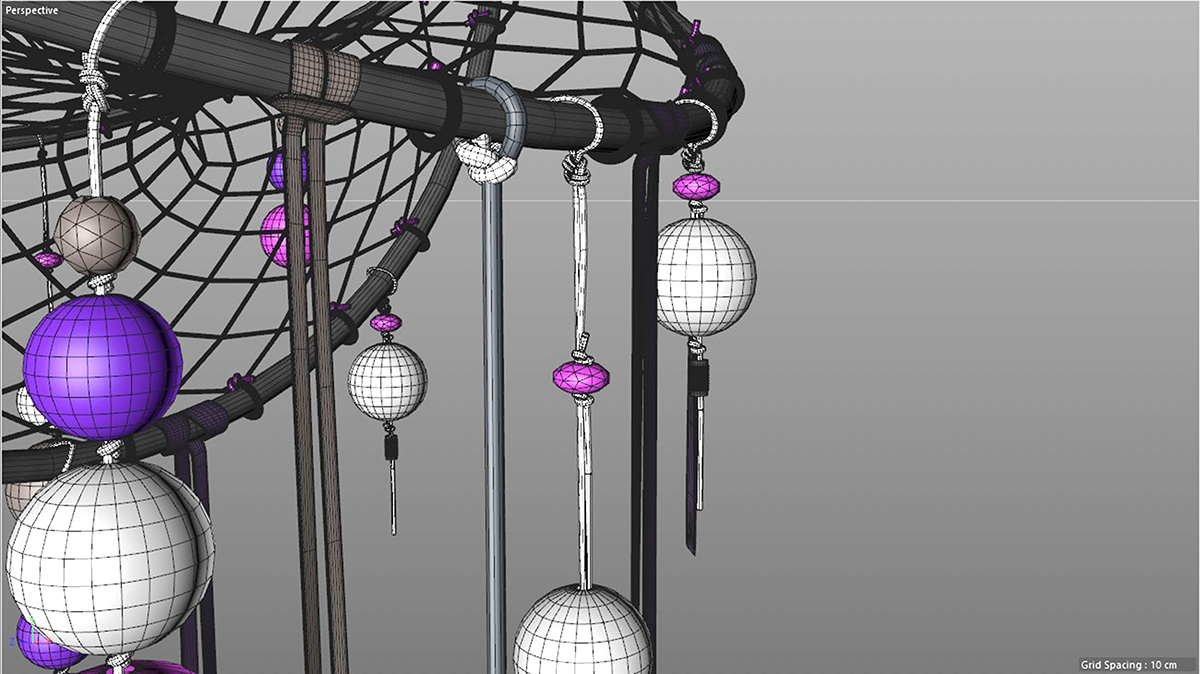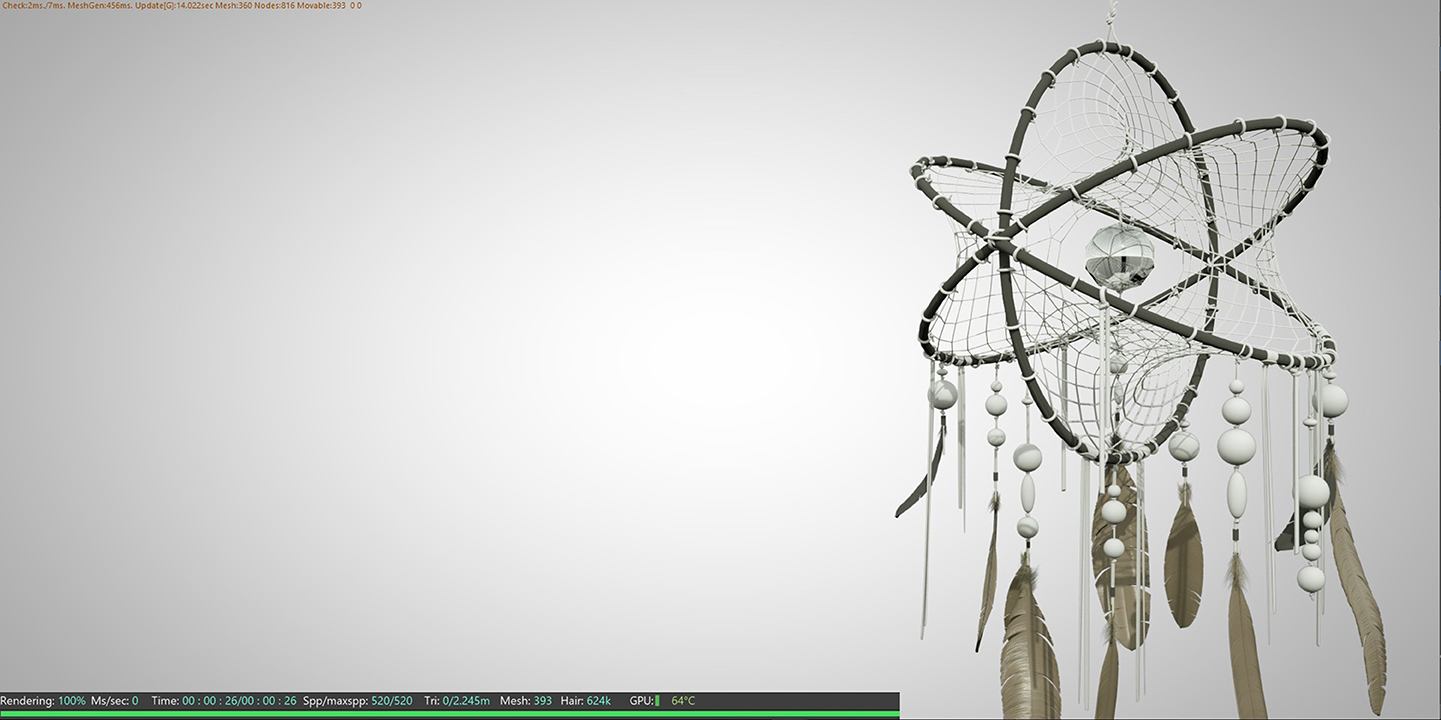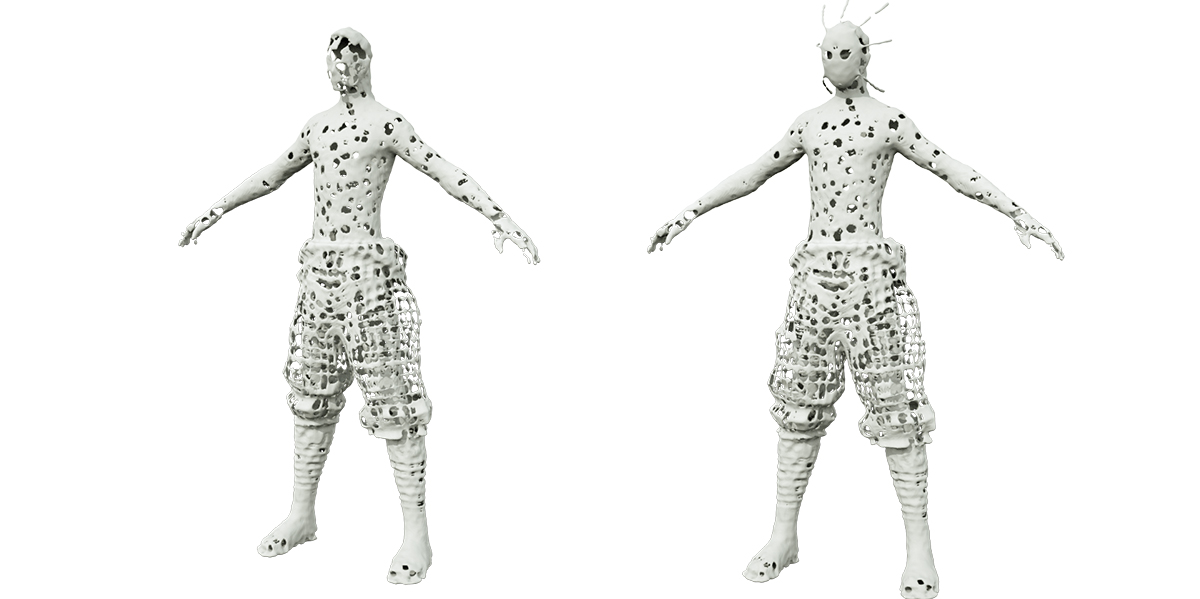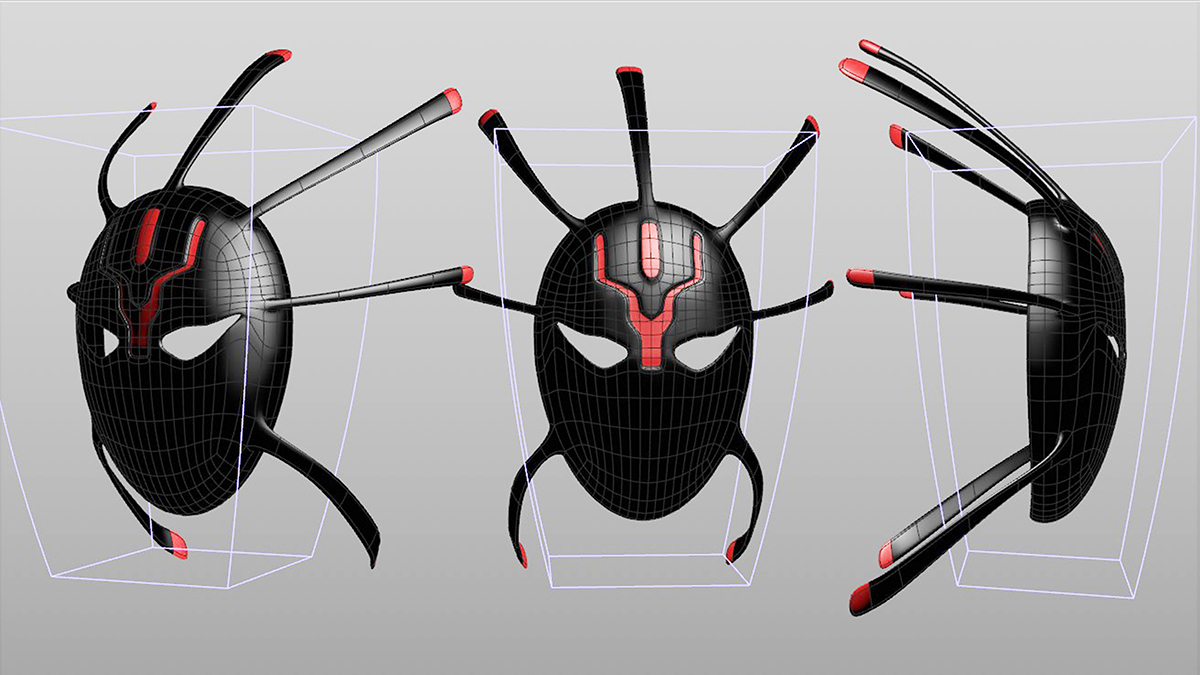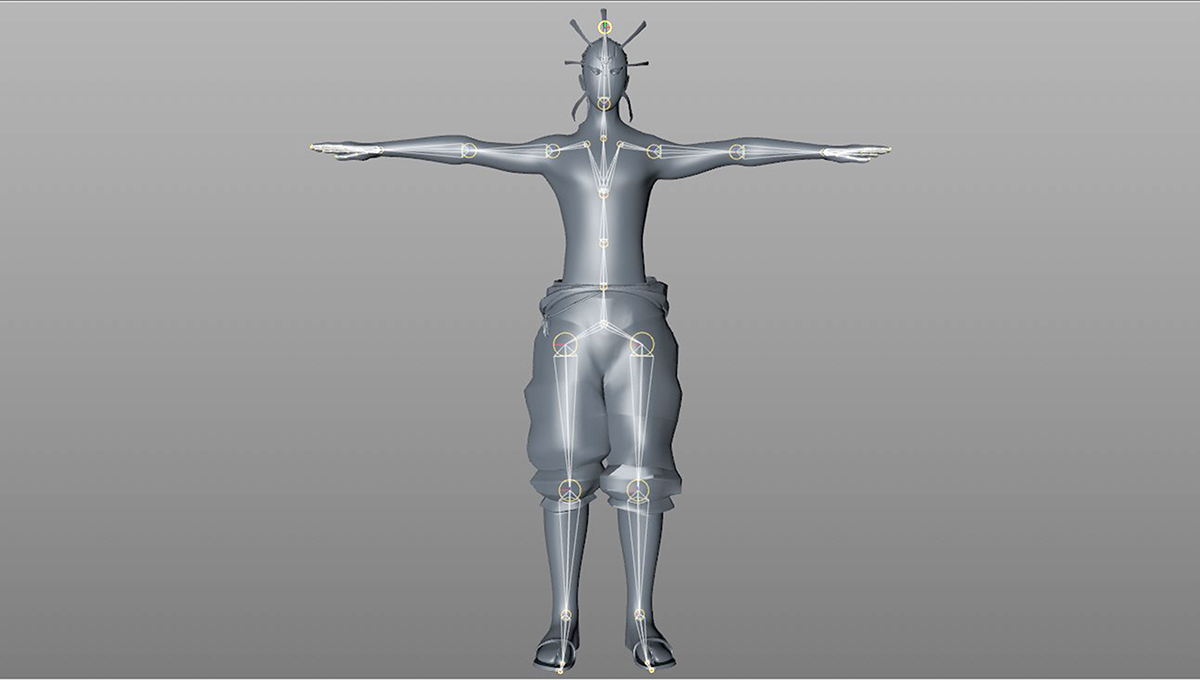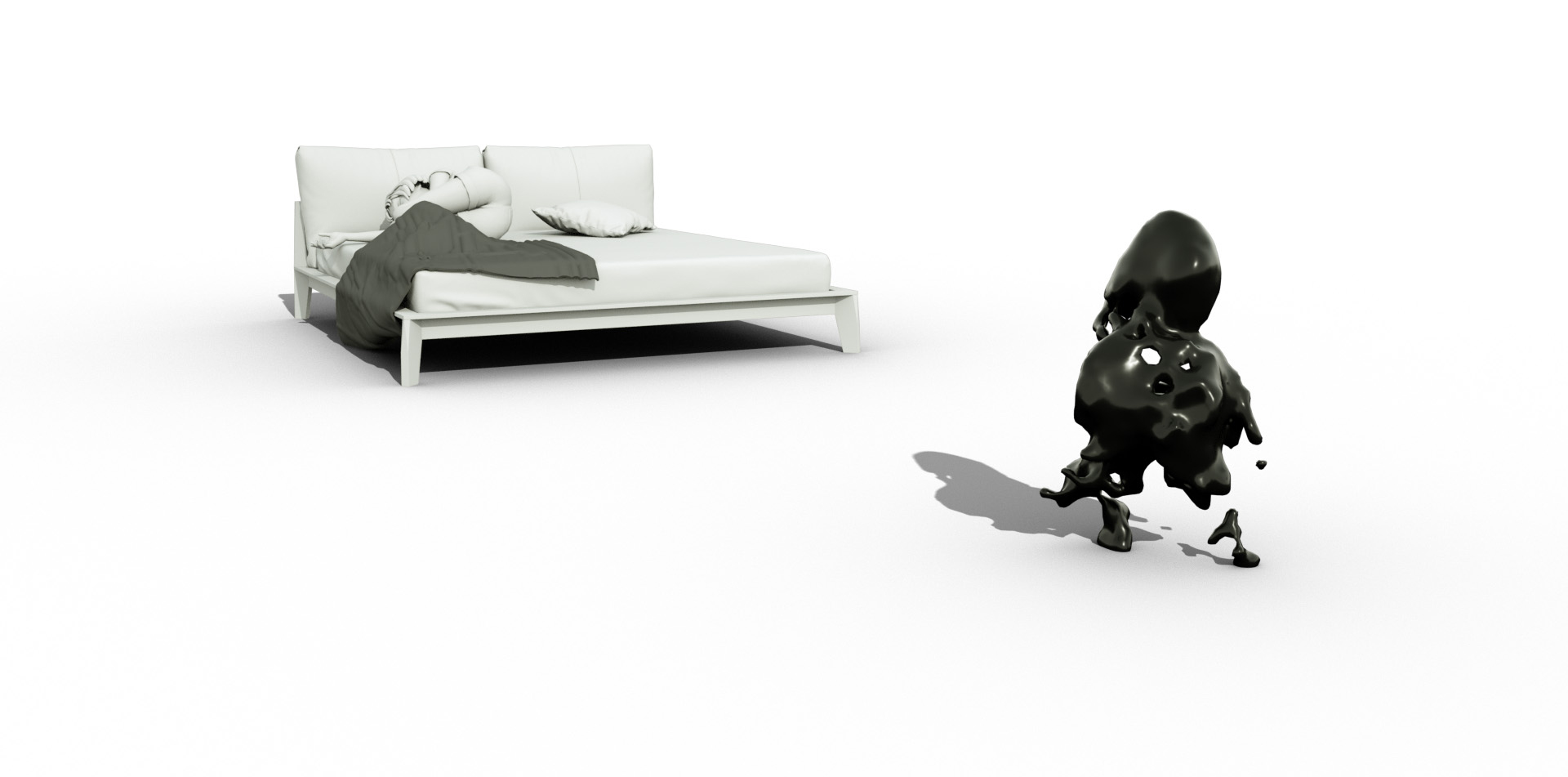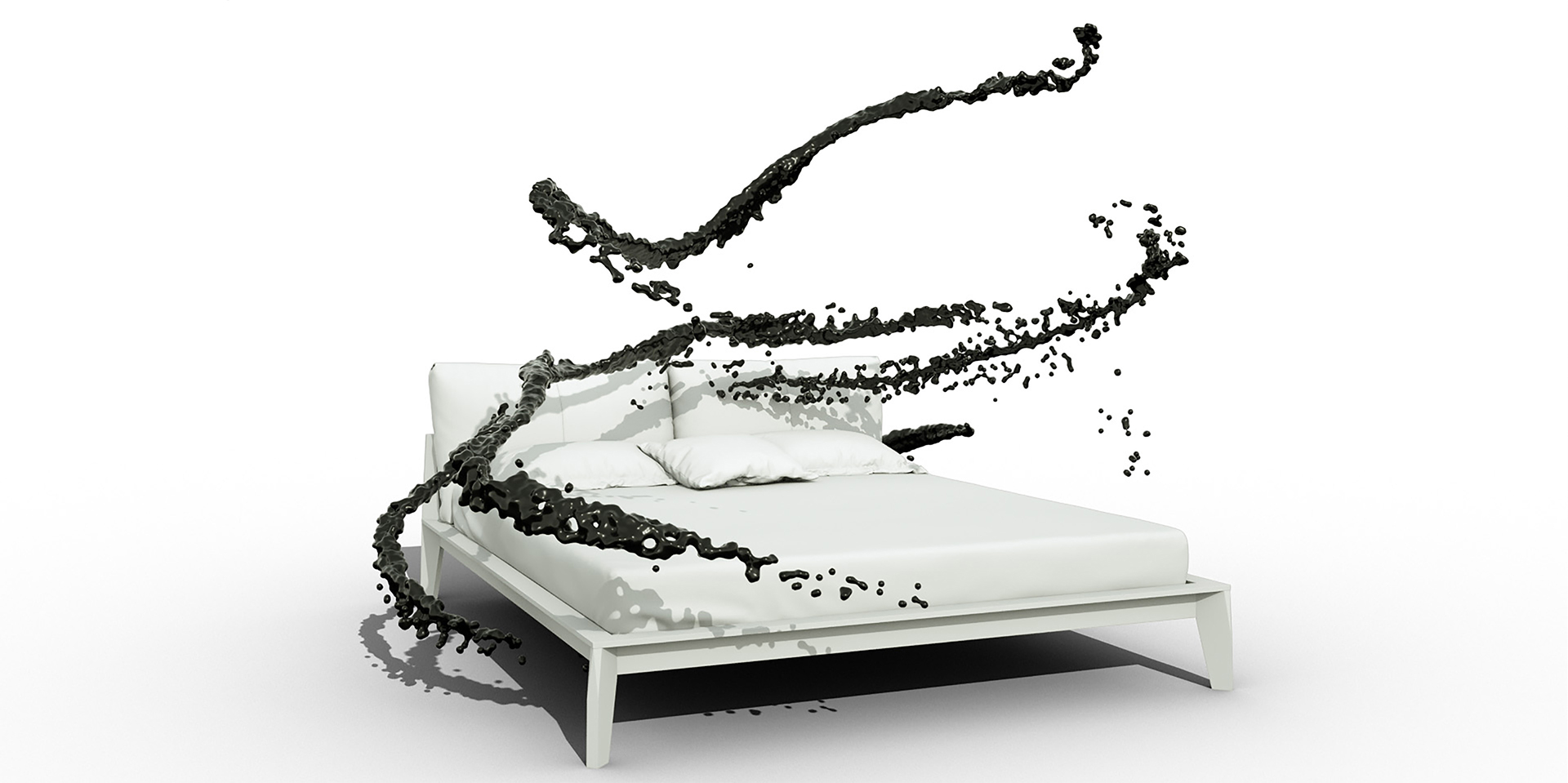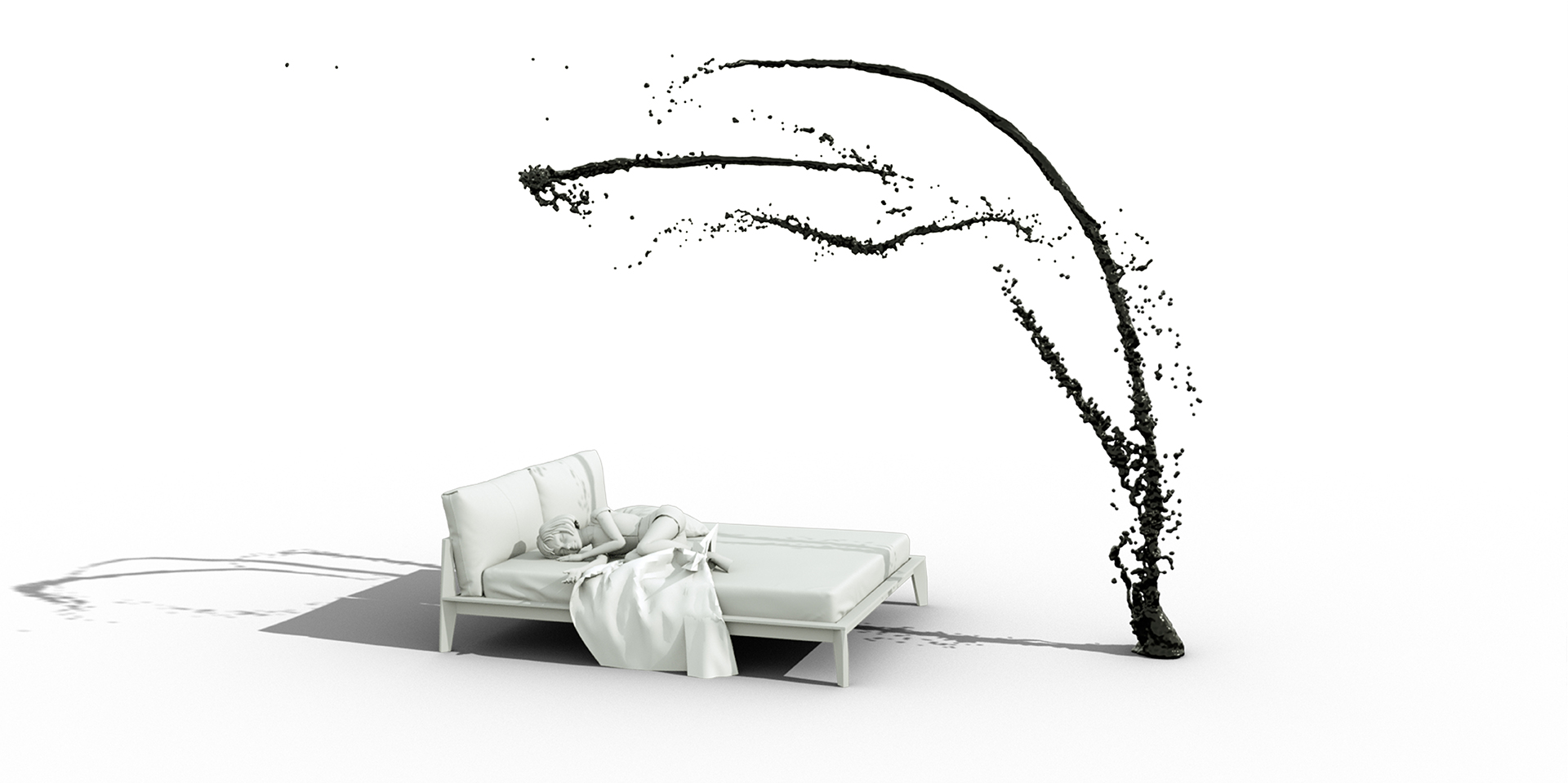Bachelor-Thesis “Physics Simulations in Computer-Generated Animated Film“
- 3D-Modelling, Animation, Bachelor, Digital Drawing, Parikelsystem, Texturing, Video
- 26 Apr 2018
- Hochschule Kaiserslautern Back to Portfolio
Here you find the Abstract:
The following bachelor thesis deals with the topic „Physics Simulations in Computer-Generated Animated Film“. Physics simulation is an increasingly popular method in computer graphics to generate realistic simulations of water, smoke, explosion, etc….
At first glance, it may seem surprising that the simulation of liquids on the computer, in the form described in this thesis, was not initiated until about 1965. As a result, fluid simulations are one of the most demanding and time-consuming 3D disciplines. This ensures that there is a huge gap in knowledge and „know-how“ that has struck me during the last few years of my studies.
Because of that, I have always been interested in working with liquid simulation and testing what is actually possible in this area and how it could be realized. With the help of programs and plug-ins, this thesis tries to fill the gap of „know-how“. The program „Cinema 4D“ and the two plug-ins „Realflow“ and „x-Particles“ accompany this work.
The work shows that the following objectives can be achieved with the help of applied methods: the combination of learned skills with the acquisition of new knowledge, the potential of the programs anyway the potential of fluid simulations. To find out the potential of fluid simulations,
I connected the fluid simulations with a short film. In this short film, I tried how the different fluid effects interact and which conceptual changes has to be made in order that the overall result is meaningful. In particular, this means finding out where the programs and plug-ins are reaching their limits and what is generally feasible. The fluid simulations are the focus of the short film and they should help me to tell the story of the film.
This thesis is divided into 3 major chapters: pre-production, production and post-production. First, it shows how a concept is developed. Then in the chapter of Production the visualization and the approach to the animations and to the liquid simulations are explained. Finally, the step of post-processing and underlying the film music is explained. The bachelor thesis concentrates on the field of creative creation and design. Questions related to physical course cannot be consider in the present processing.

